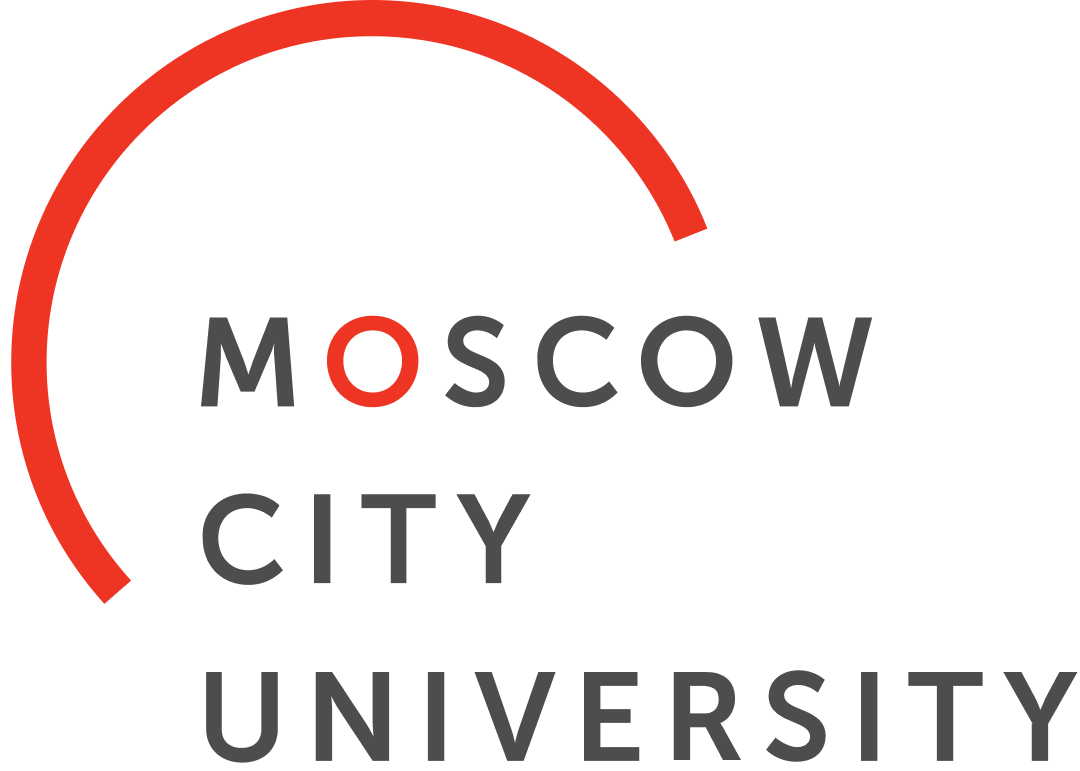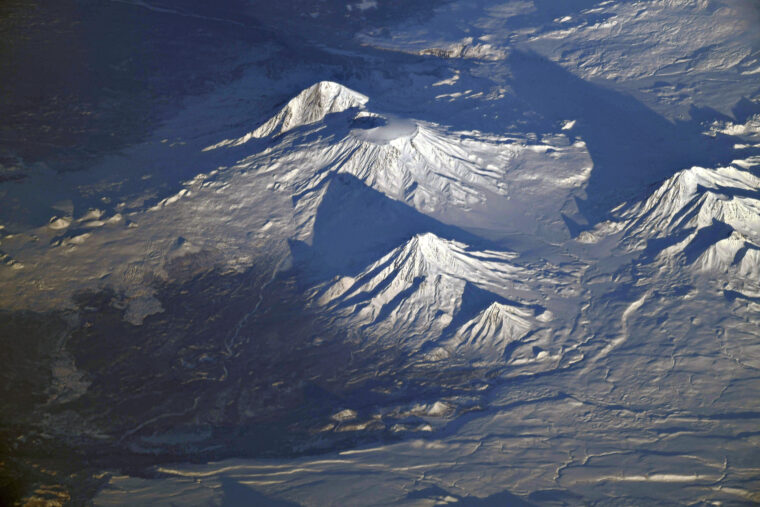On May 16-17, 2025, MCU’s Institute of Humanities is holding the X Interuniversity interdisciplinary Scientific Conference with international participation “Mountains and Earth’s Landscape in Art.”
“Great things are done when men and mountains meet”
William Blake
“All alive there: hills, the woods,
Amber and ruby grapes,
Low pryyutnaya Beauty,
And jets and poplars cool …”
Alexander Pushkin
“Mountain top: the place where life finds the purest meaning of freedom”
Vinicius Montgomery
The tenth anniversary interdisciplinary scientific conference with international participation continues the cycle of scientific events of the Institute of Humanities related to the study of natural images in Russian literature within the framework.
The purpose of the conferences is to discuss new scientific paradigms in Russian humanities — philology, linguoculturology, cultural studies, art history, etc.
Each national literature has its own system of favorite, stable motifs and images, cultural codes that distinguish its aesthetic originality. The national specificity of fiction is especially clearly manifested through natural images. “No matter what the poet wants to say, nothing can replace the images taken from nature: “water” and “fire”, “flower” and “star”. Poetry in modern times partly fulfills the function that mythology performed in ancient times — to represent the world created by man in its harmony with nature” (M.N. Epstein).
The theme of the anniversary conference did not arise by chance, the idea of holding it was born in the process of previous study of natural objects in the cultural space. The scale and significance of the stated theme is evidenced by the fact that mountains occupy about 40% of the Earth’s land area and are one of the most common figurative embodiments in various types of art: literature, painting, music, cinema. Mountains and the national landscape play a significant role in Russian fiction. According to M.N. Epstein wrote, “from North to South, Russian poets were attracted not only by the wide—open expanse of space, but also by the innermost depths of time – the change of soils and cultural foundations.”
Within the framework of the conference “Mountains and Earth’s Landscape in Art”, it is planned to discuss the problems of semantics, symbolism and poetics of mountain images and planetary relief in various types of art; issues of reception, interpretation, axiology of orographic (from Greek: óros — mountain, grapho — I write, I describe) images in various scientific discourses (literary, folklore, linguistic, cultural, philosophical, art history, etc.).
An approximate range of issues, not excluding the expansion of the topic:
- pictorial depiction of mountains: the meaning of archetypes and symbols;
- orthographic symbols of the religious-pagan worldview and iconic elements of the systems of folk cultures;
- anthropocentricity of mountain descriptions in fiction (cognitive aspect of analysis);
- the world-modeling and aesthetic functions of mountain images;
- the mountain as an image, symbol, and sign in art culture;
- geographical space as a cultural landscape;
- national landscape and ethno-artistic tradition;
- poetic landscape and national identity;
- terrain and features of flora and fauna in the artistic picture of the world;
- mountain landscape in Russian and world art (literature, painting, music, cinema, etc.);
- emblematics, symbolism, and metaphor of mountain images in art culture.
Scientific and pedagogical, pedagogical, scientific workers, graduate students and applicants, cultural and educational workers are invited to participate in the conference. It is supposed to be an in-person format with separate inclusions of online performances.
To participate in the conference, you must submit an application by April 25, 2025, containing information about the participant, the topic of the speech, keywords (3-4) and an abstract of the report (300-400 characters). For more information, see the conference information letter.
The links below provide links to electronic versions of publications (and information about them) intended for free distribution, reading, and scientific work.
- Natural elements in Russian literature / Ed. by A.I. Smirnova. Moscow: LENAND, 2015. 240 p.
- The semantics of the garden and the forest in Russian literature and folklore: a collection of scientific articles / Ed. by A.I. Smirnova, I.N. Raikova. Moscow: MCU, 2017. 292 p.
- Bird as an image, symbol, concept in literature, culture and language: A collective monograph / Ed. by A.I. Smirnova. Moscow: Knigodel; MCU, 2019. 504 p.
- The world of insects in the space of literature, culture and language. Collective monograph / Ed. by A.I. Smirnova. Moscow: Knigodel; MCU, 2020. 400 p.
- Semantics of the seasons in Russian literature: A collective monograph / Ed. by A.I. Smirnova. Moscow: Knigodel; MCU, 2021. 408 p.
- The symbolism of water in Russian literature and world culture: Collective monograph / Ed. by A.I. Smirnova. Moscow: Knigodel; MCU, 2022. 508 p.
- Animal life in mirror images: literature — culture — language / Ed. by A.I. Smirnova. Moscow: Knigodel; MCU, 2023. 548 p.
- “The language of flowers” and flowers in language, literature and culture / Ed. by A.I. Smirnova. Moscow: Zertsalo-M; MCU, 2024. 504 p.
Location:
4 Vtoroy Selskohoziajstvenny proezd, Moscow
Photo: the Volcanoes Tolbachik and Malaya Udina, Kamchatka. Photo: Oleg Kononenko / Roscosmos.

